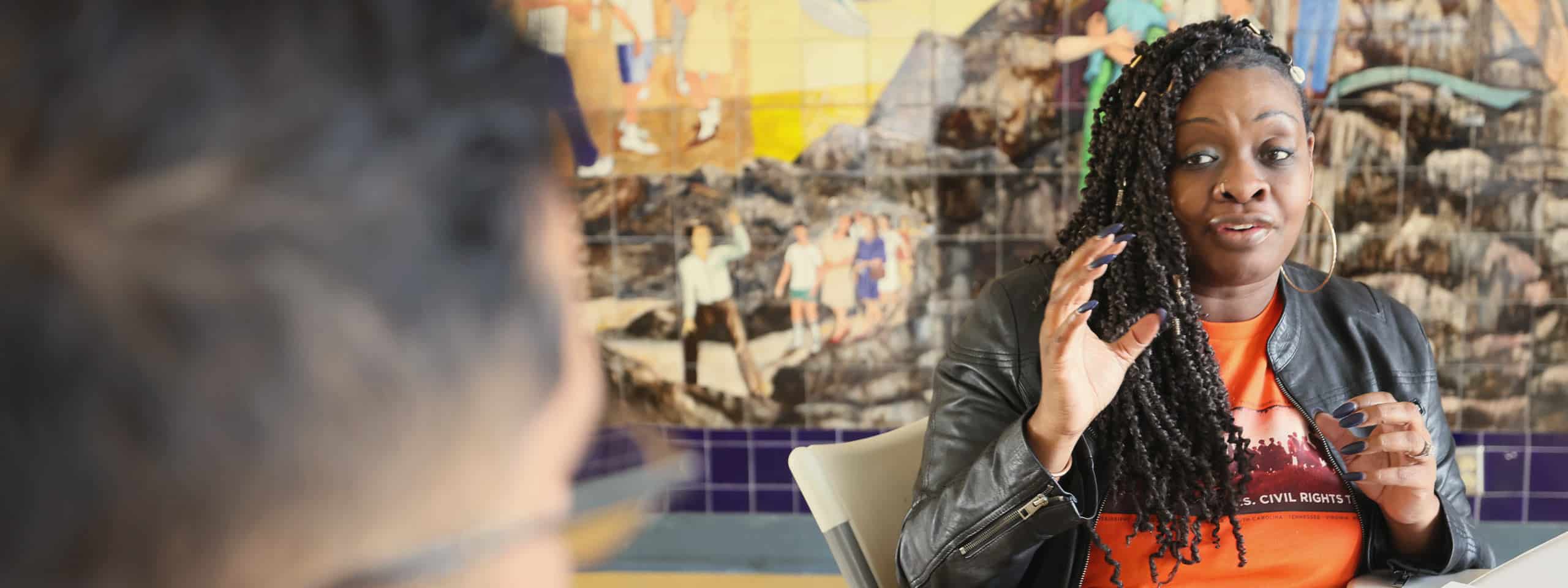The PCG is an essential and invaluable resource in any LEAD initiative, and the time and expertise of its members must not be wasted. Because the PCG is made up of senior leaders with multiple competing obligations, it is important to use their time effectively. PCG meetings should raise substantive issues that warrant the time and attention of its members.
The PCG should be expected to meet regularly and frequently throughout a site’s planning and early implementation processes; during the planning stage in particular, sites may find it valuable to meet as frequently as weekly or biweekly. Once the PCG has approved both policies and operational procedures, the PCG may taper to a quarterly schedule.
Once the project is launched, it is essential to ensure that communication remains strong between meetings. The project managerThe Project Manager (PM) is responsible for coordinating all aspects of the LEAD initiative and managing its day-to-day … More should provide regular updates to PCG members, both by email and through regular individual check-ins.
For project managersThe Project Manager (PM) is responsible for coordinating all aspects of the LEAD initiative and managing its day-to-day … More, developing a PCG agenda is not a matter of sitting down at your desk and coming up with a series of topics. Rather, a PCG’sThe Policy Coordinating Group (PCG) is made up of decision-makers and community representatives who are collectively res… More agenda should be the product of careful attention and inquiry: What policy decisions does this body need to consider? What elements of strategic development – evaluation, expansion, funding, communications – do they need to address and tend? What operational challenges require policy responses?
As a regular practice, a project manager should develop a draft agenda that reflects the issues the PCG must discuss and should also prepare any supporting materials necessary to inform their conversation. It is important for the project manager to consult with PCG members well in advance of regular meetings to set agendas, identify issues and problems, and work through any sticking points on action items, so that by the time the partners come together, plans for a consensus solution are well laid. They should also use such conversations as a chance to check on stakeholder satisfaction, concerns, and priorities, including but not limited to topics that should be added to the agenda. Only after all partners have been consulted should a final agenda be circulated.
Project managers should be sure to notify PCG members, in advance, of any action items that will require a decision or vote at a PCG meeting. project managers should ask each partner to identify any issues they might anticipate with the proposed course of action, so that each entity has time to consult their decision-making channels to determine their response. A contested decision is probably not ripe for the question to be called and may need more work and preparation.
The frequency of PCG meetings depends on the needs of the initiative at any given moment. In the early stages of a LEAD project when policies are being decided and the foundational documents are being written, the PCG may meet quite frequently – even weekly – to provide direction and make policy decisions. Once policies have been developed and approved, a PCG will meet less frequently – generally quarterly – to track progress, steward planning processes, and review outcomes.
There may be times that a site may need to schedule time-sensitive or urgent meetings around specific policy or operational needs outside the regularly scheduled meetings. Although these meetings may only involve some partners, the subject, content, and outcomes of these meetings should be communicated to all partners as soon as possible.
As part of the ordinary duties facilitating PCG and OWGThe LEAD Operational Work Group (OWG) is composed of line staff, including mid-level supervisors, who carry out the day-… More meetings, the project manager should ensure that appropriate meeting notes are taken, shared in a timely manner with relevant stakeholders, and archived for ready access and reference.
PCG meetings are action-oriented: they are about making collective decisions on policy, practices, and progress. Thus, it is important to be sure that each meeting documents the decisions and actions that were confirmed during the meeting, and that the project manager holds responsibility for ensuring that the appropriate actions are taken by the appropriate people.
